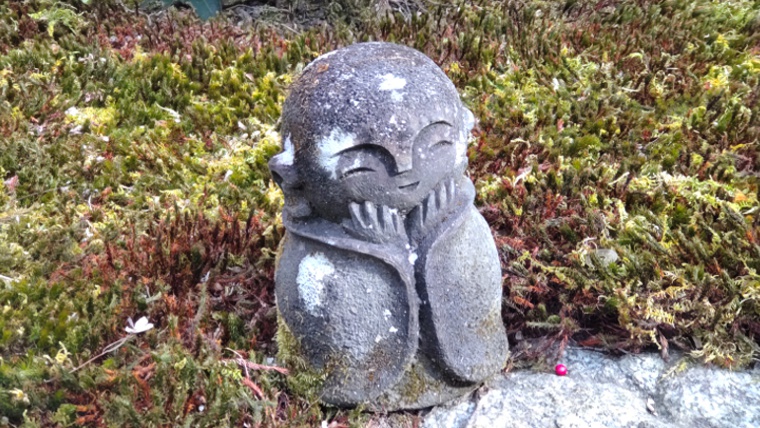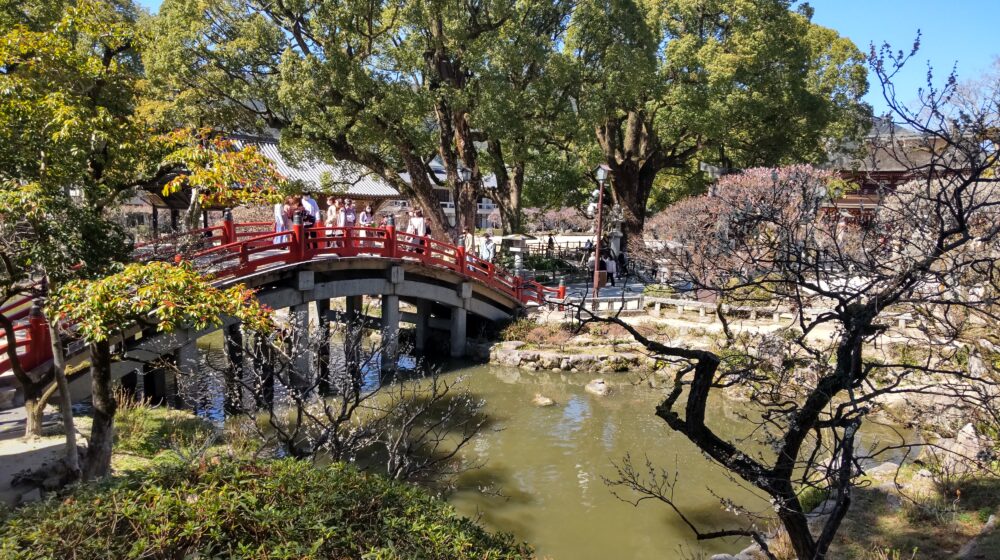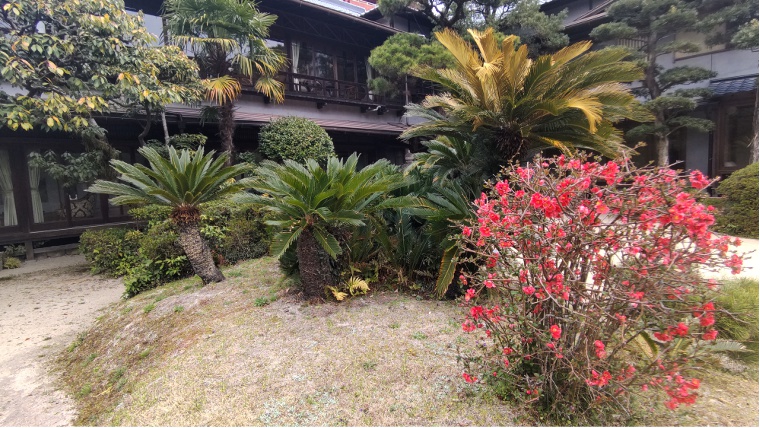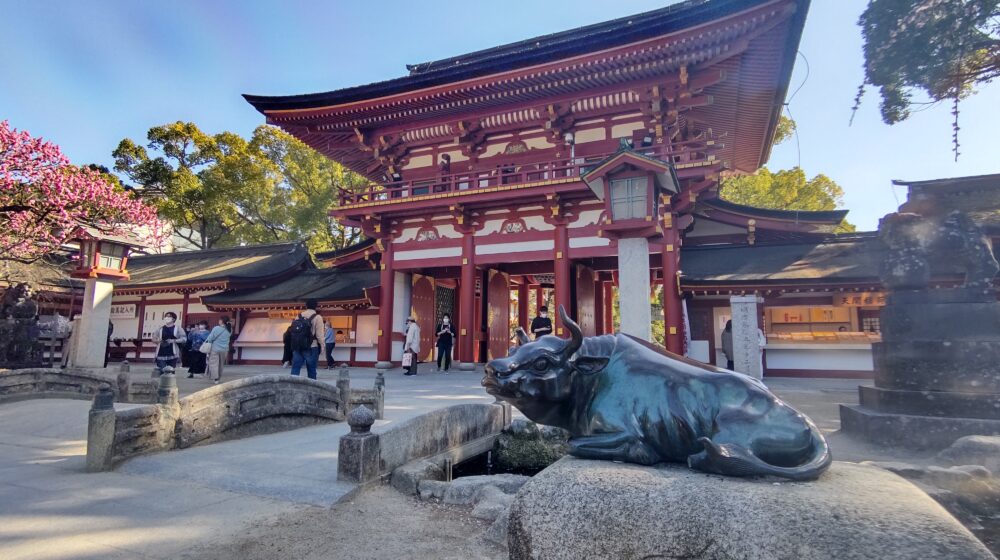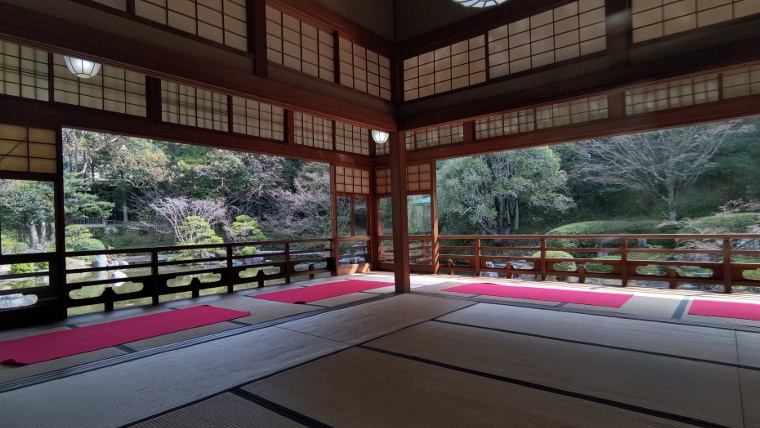Ohori Park Japanese Garden
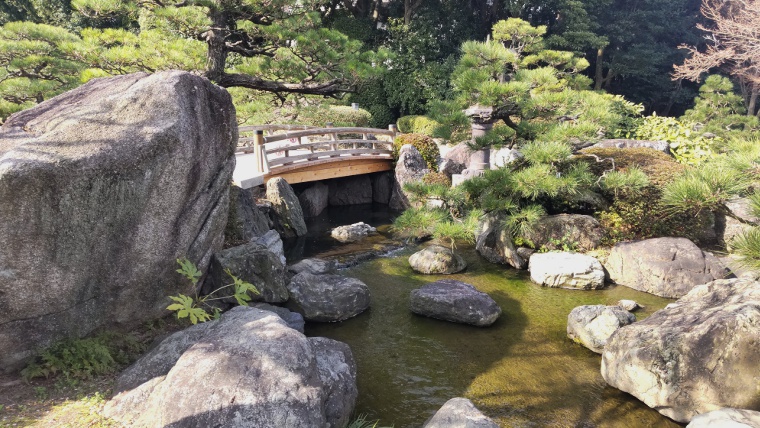
Ohori Park Japanese Garden, located on the north side of Fukuoka City, was created in 1984 for the 50th anniversary of the opening of Ohori park.
The garden which is surrounded by trees and white wall made from cray has a big pond, a winding river, several tea house and a dry garden. The creator was Kinsaku Nakane who created a Japanese garden”Tenshin-en” at the Museum of fine arts, Boston.
Beautiful pebble beach and wooden bridge
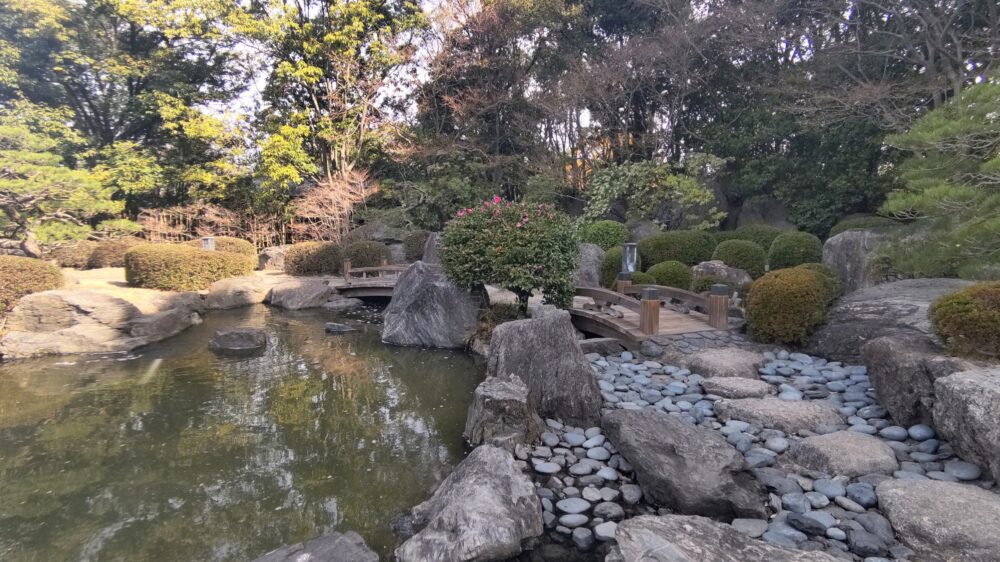
The combination with pebble stone and roughly shaved stone represent a beach carved by waves.The two bridges from the stepping stone have the beautiful streamline and the rounded pink sasanqua in the center is cute. Good balance between tightening and loosening.
Legendary Chinese island “Mount Penglai”
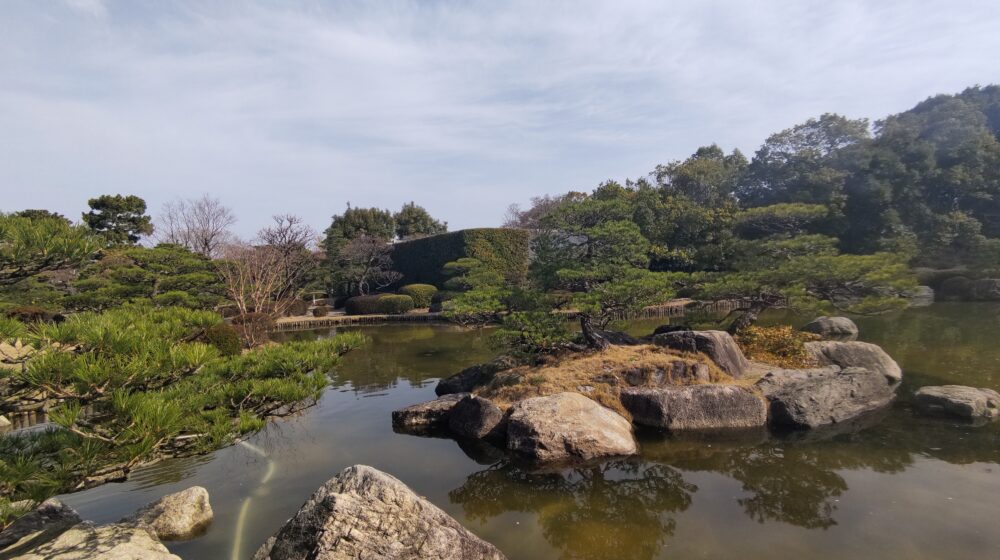
Large stones which are arranged in the pond and pine trees which are planted on the islet represent legendary Chinese island “Mount Penglai” that immortal ascetic lived there.Japanese gardens sometimes represent Chinese legends, and this island-building is one of them.
Many manicured pine trees
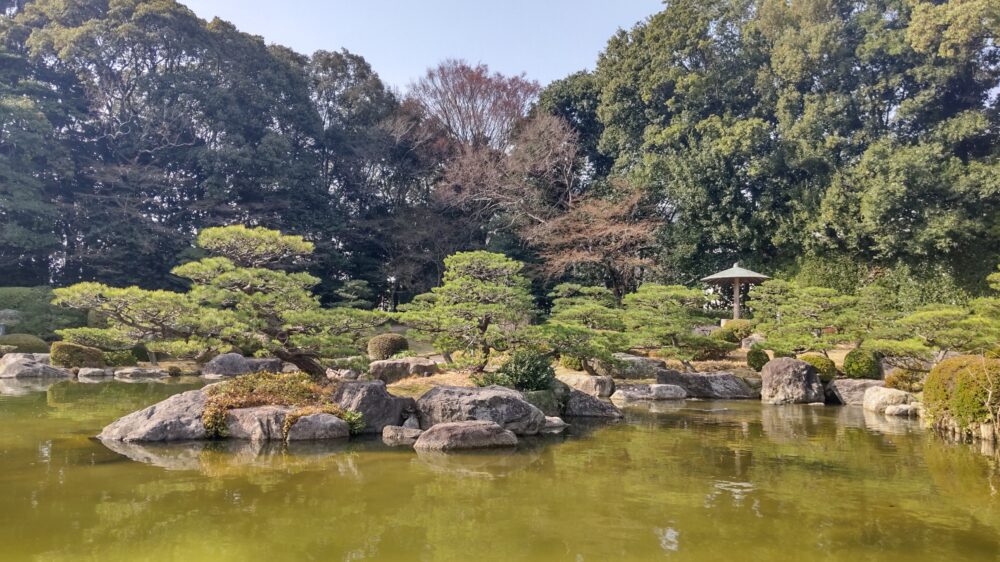
A pine is an evergreen tree and has been regarded as a symbol of immortality because its leaves do not die even in winter.Many manicured pine trees are planted in this garden, creating a sacred atmosphere.
Three artistic waterfalls
There are three waterfalls in Ohori Park Japanese Garden, each of them is different type, but all of them are beautiful.
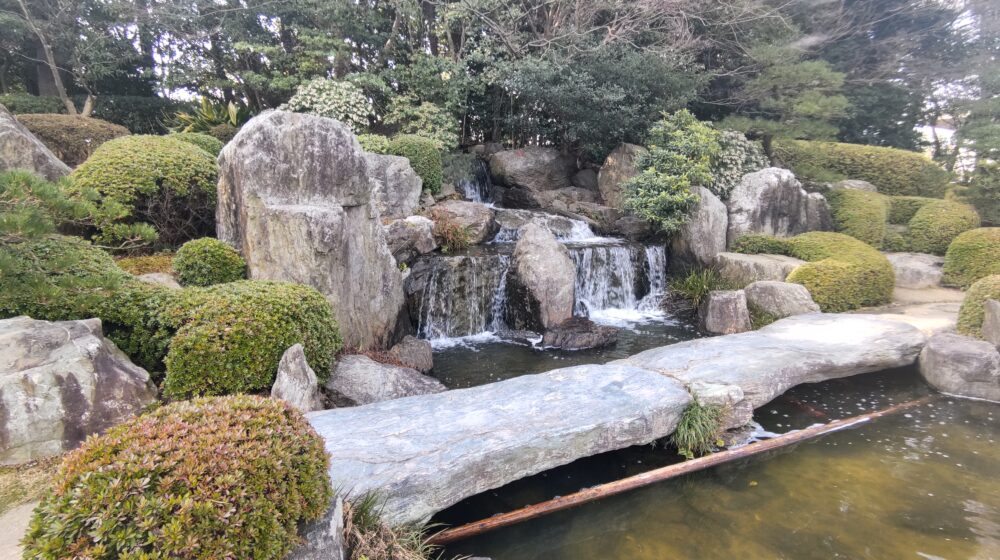
In this waterfall, Water flows separately to the left and right.In addition the stone in the center looks like a carp that swim up a waterfall.This method is From the Chinese legend that a carp would be transform into a dragon, when it swims up and reaches at the top of waterfall.
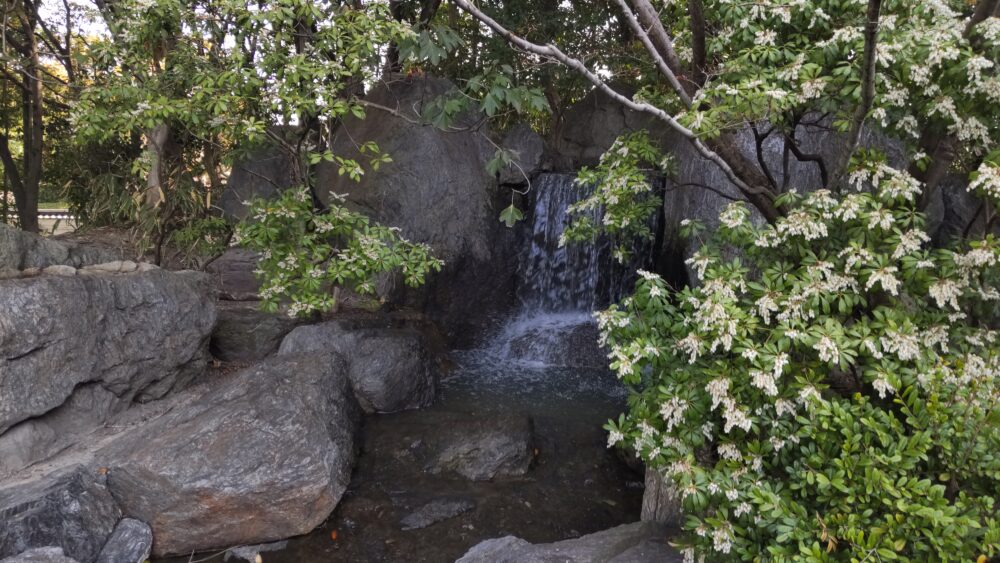
By flowing a small amount of water on a flat stone, This falling water is very thin like a silk. On the contrary, water splashes by laying stone at the point where water fall.This waterfall with Japanese andromeda flower represents a mixture of delicacy and boldness additionally.
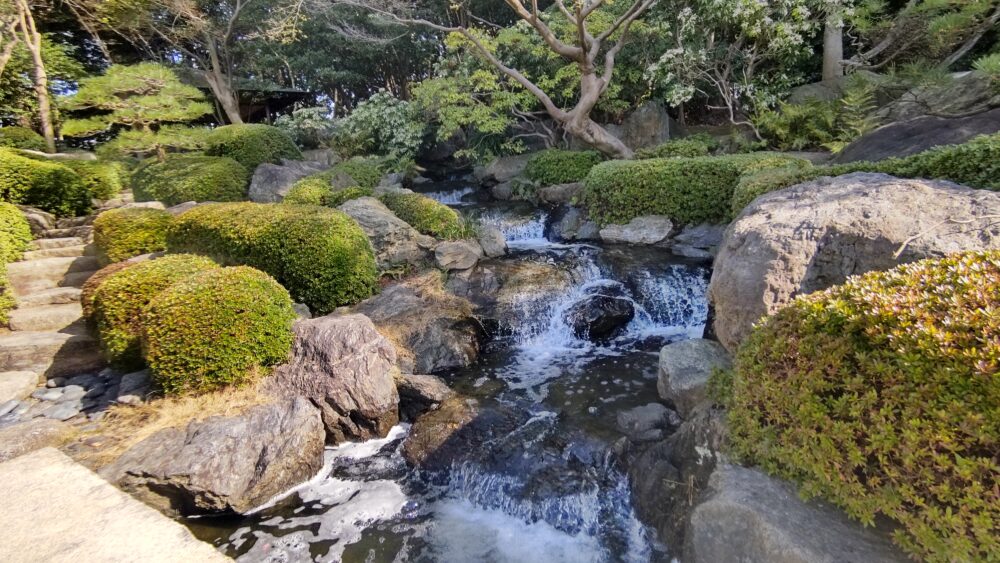
This waterfall looks like a mountain stream with a series of steps. By arranging high stones and planting azaleas around them, it represents a deeper mountain scenery.
Flowers and seasons
※The time when the flowers bloom varies slightly depending on the year.
| Month | Flowers | |
| Late January – Early March | Sasanqua, Camellia | 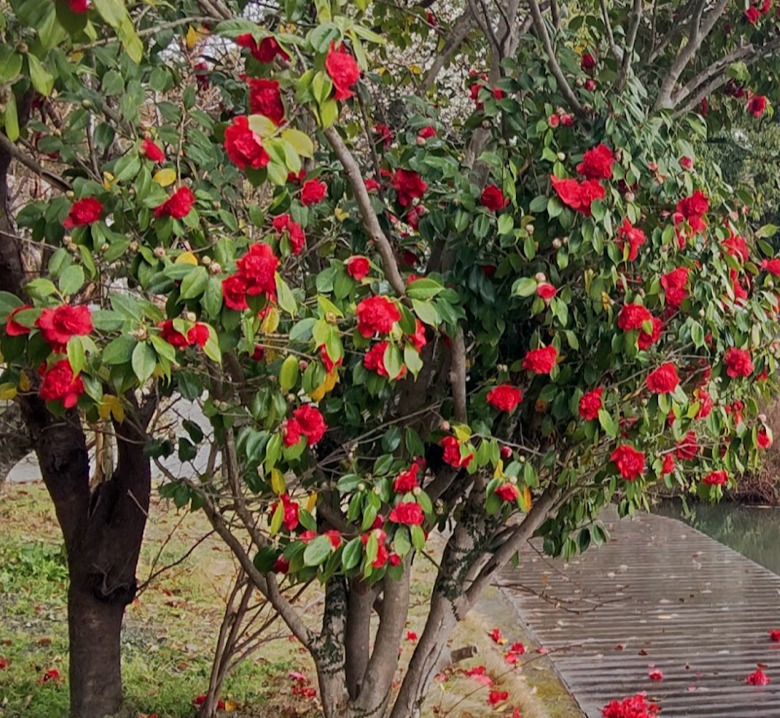 |
| Mid February – Early March | Plum Blossom | 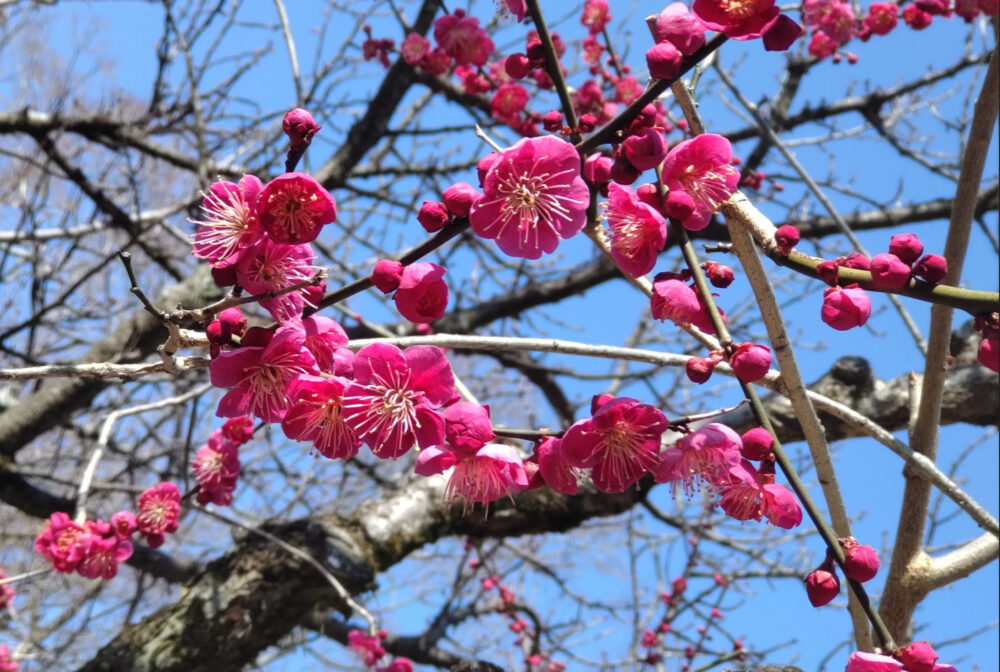 |
| Mid March | Pittosporum Tobira, Japanese Andromeda | 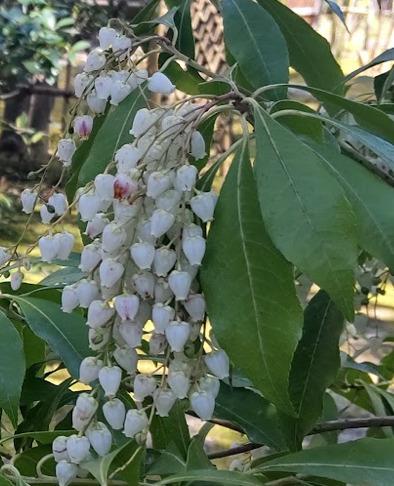 |
| Late March | Cherry blossom (weeping cherry blossom, Oshima cherry blossom) | 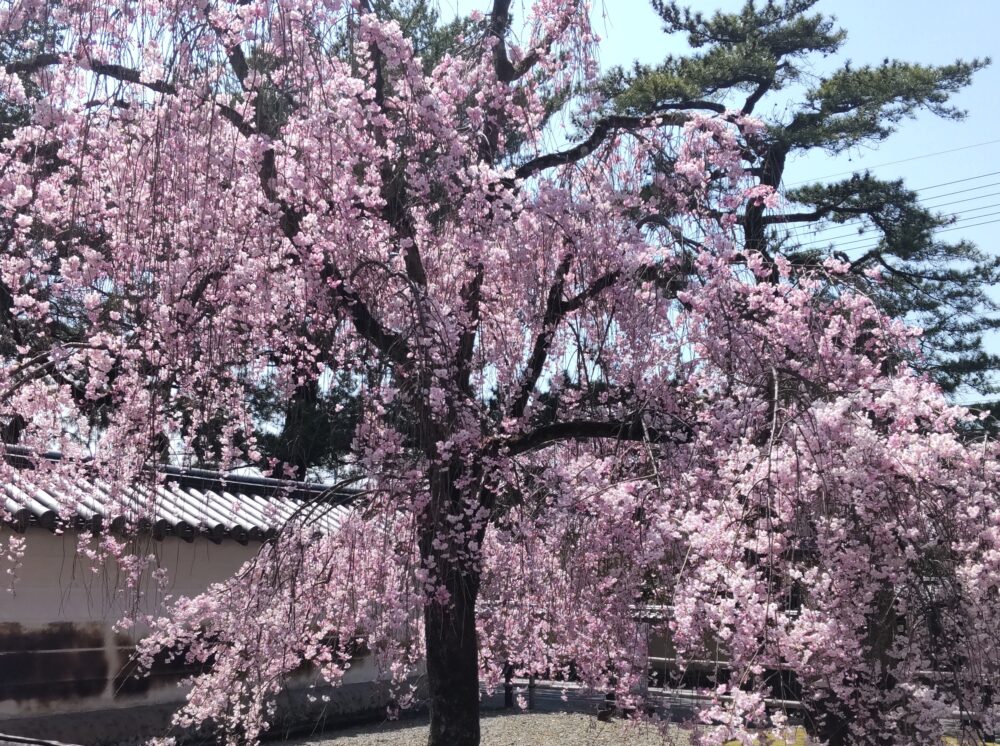 |
| Late April | Azaleas | 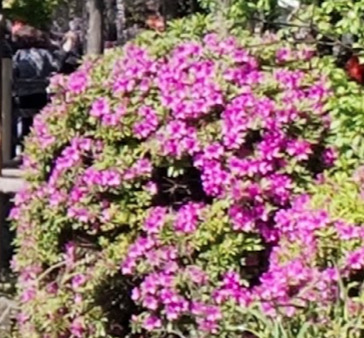 |
| Mid May | Hydrangea | |
| July – Early September | Crape Myrtle | |
| Late November | Autumn Leaves | 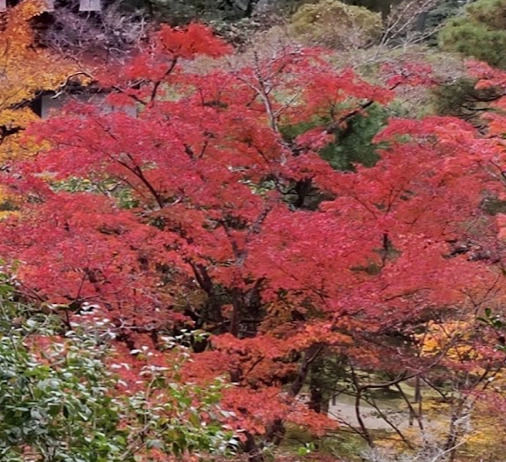 |
Information
Open hours
From May to September
9:00 ~ 18:00
From October to April
9:00 ~ 17:00
Regular holiday
Every Monday(if Monday is national holiday, the next day will be substitute holiday)
New year’s holiday (Dec29-Jan1)
admission
Adults: 250yen
Child under 15 years of age: 120yen
Telephone
092-741-2004
(Ohori/Nishi park Management office)
Address
1-7 Ohorikoen, Chuo Ward, Fukuoka, 810 – 0051
Link and Resources
Ohori Park Japanese Garden
official website(English)
